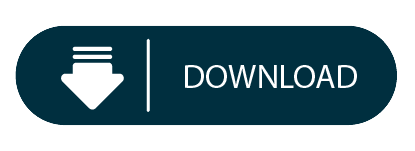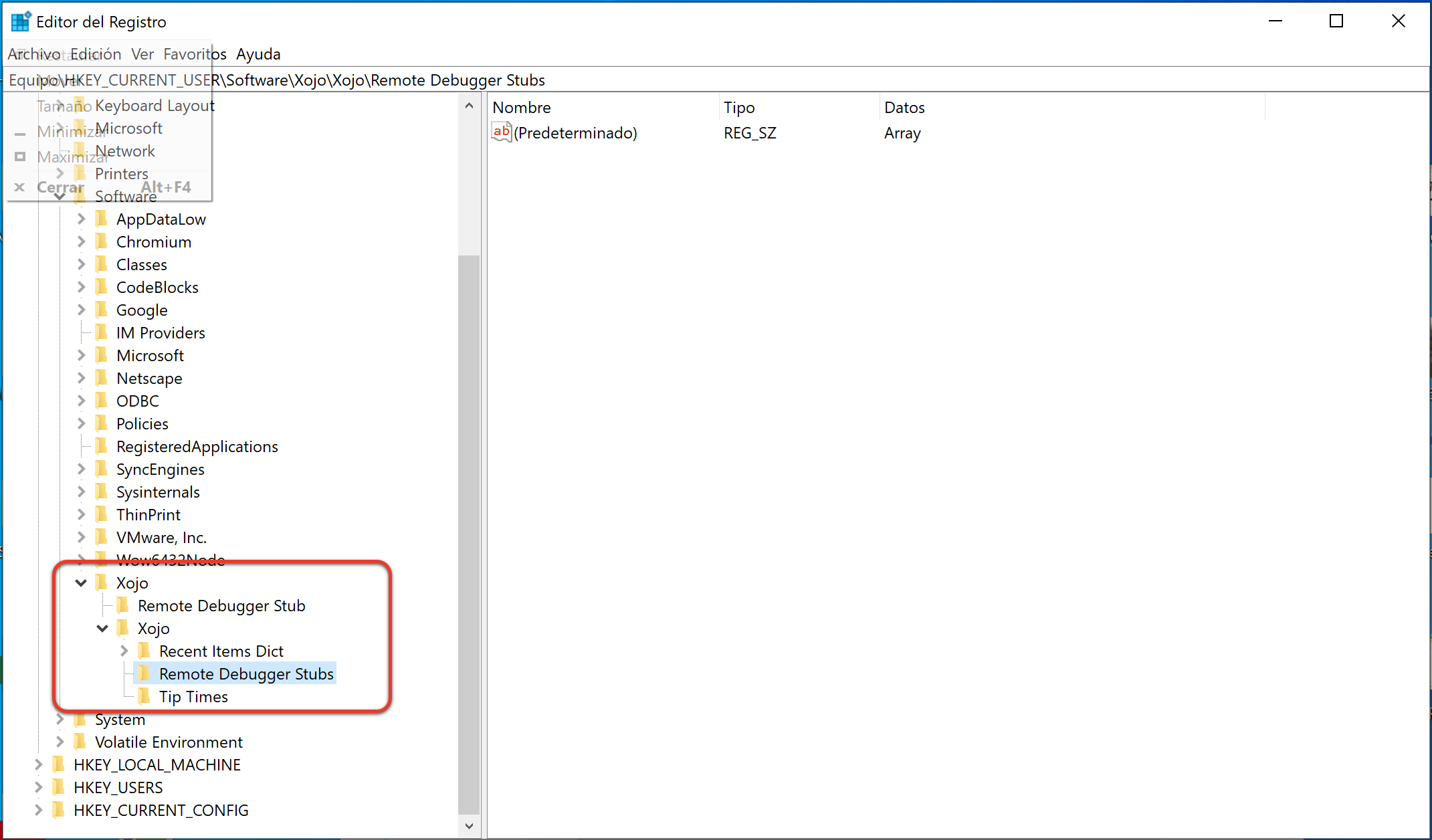
On the right side of your screen, there is the Library here, you can navigate a list of objects called controllers. The left panel, called the Navigator, is the place where your project files are going to be displayed, in a tree-like structure. After choosing your option, you will be shown a three-container window.Īt the center, there will be the pasteboard where you will design the interface of your app. When opening the Xojo for the first time, you need to select the type of project you are trying to create (e.g. The tool's documentation presents the programming patterns and the object-orientated model you can approach when creating new programs. How does this actually work and what is the presented workflow? Also, upon downloading Xojo, you will actually be prompted with an entire setup that involves a code editor, an IDE, a debugger, an app front-end creator and editor, and a builder.

How does this actually work? First of all, Xojo is a programming language (you can download and review its documentation here). However, all the functions offered by Xojo seem to be a bit too good to be true. Xojo is suitable for creating apps that run on Windows, macOS, Linux, iOS, and Raspberry Pi.

The documentation presents this lightweight programming language as a suite of utilities meant to be built on top of Visual Basic (a programming language under Microsoft's proprietary right) and Java. It is an integrated development tool and a programing language in itself. We could start by saying a few things about Xojo. An unconventional approach that is suitable for those who need to develop multi-platform apps Xojo enables access to an entire suite of tools for creating, running, debugging, and building applications from within the same development environment.


 0 kommentar(er)
0 kommentar(er)
